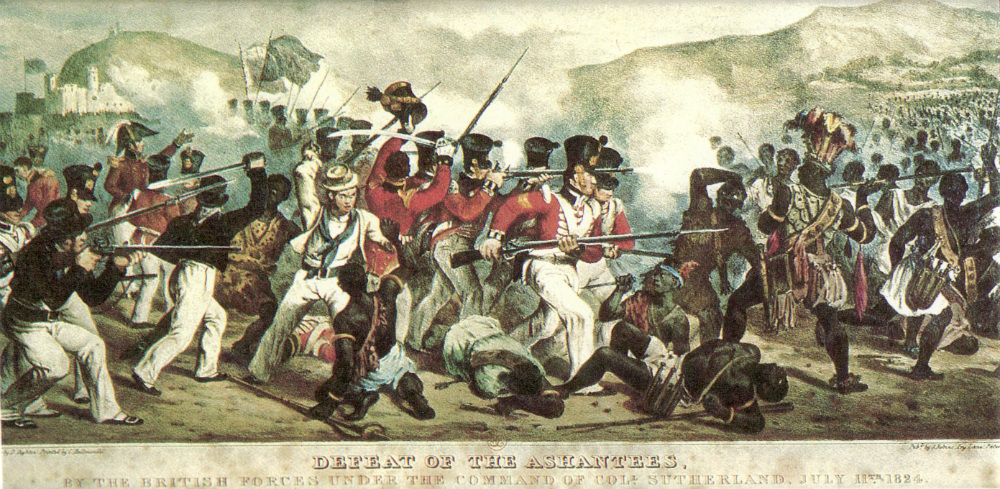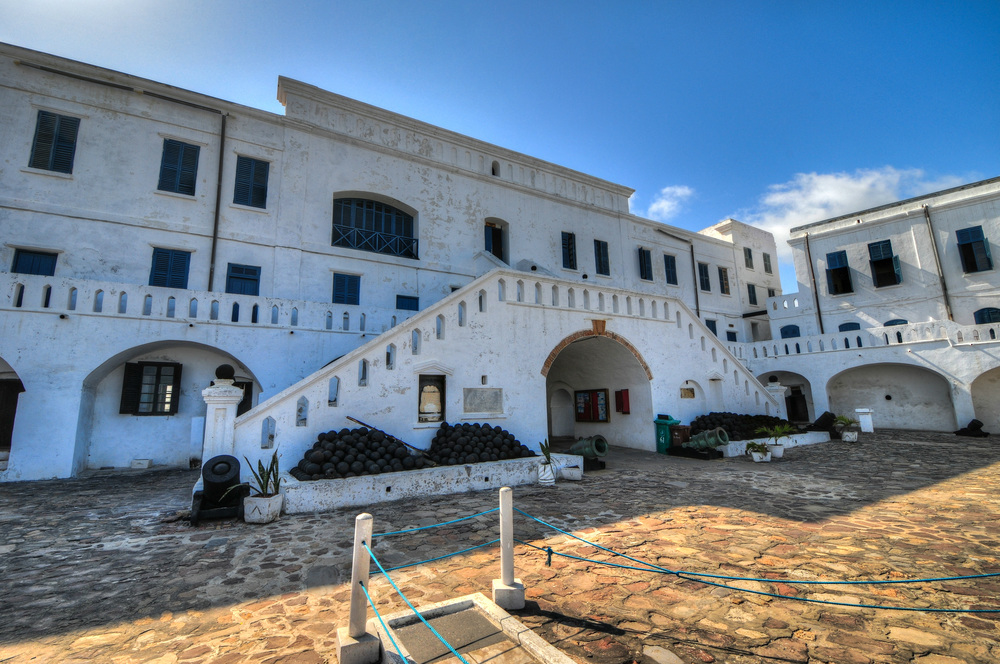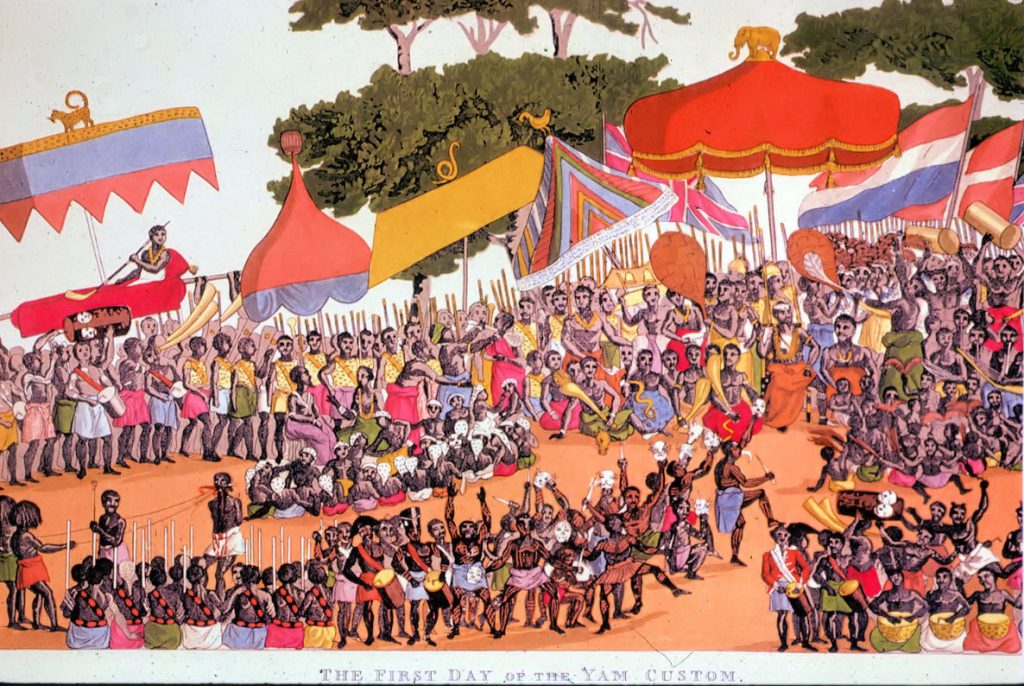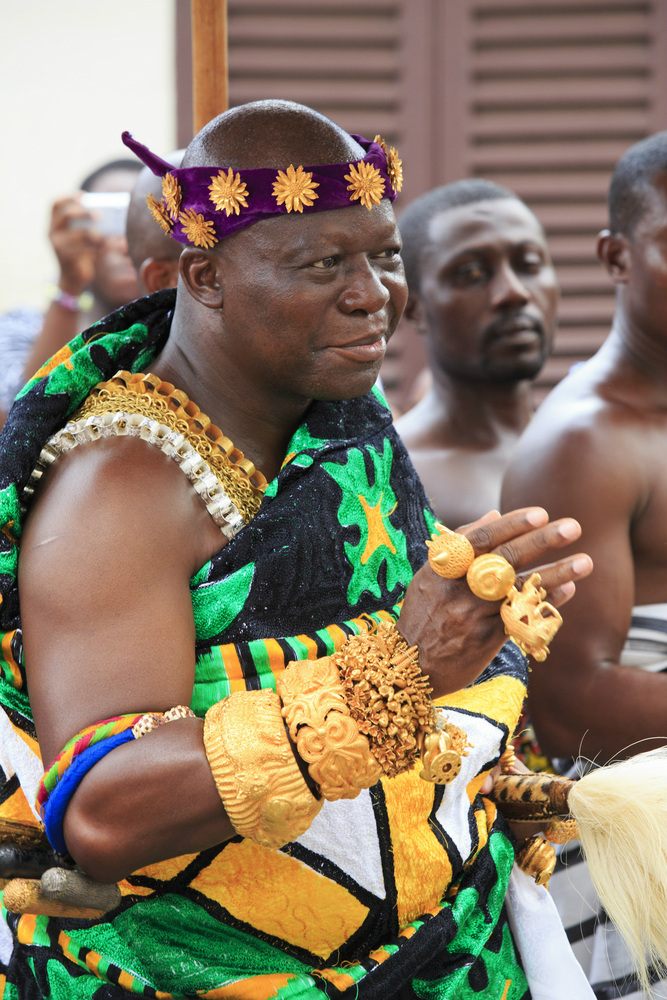The Ashanti Kingdom (also known as Asante) was one of the most prolific Africa has ever seen and reigned over a large part of present-day Ghana all the way down to the Ivory Coast for over 300 years. While the kingdom eventually fell apart in 1957, many of the traditions still live on. In fact, the Ashanti monarchy still continues (in a much smaller form) inside Ghana. From its origins, to its long history, to its rich culture, here are 10 things you didn’t know about the Ashanti Kingdom.
The kingdom originated in the 1600s
The Ashanti Kingdom is thought to have been founded by the Akan people who migrated from the old Mali Empire. In the 1670s, a military leader named Osei Tutu founded the kingdom and united all of the Akan clans in the area. It would last several hundred more years until 1957.
It was a theocracy
The rule of law in the Ashanti Kingdom was based on religious rules and viewed crimes as sins. They believed these sins disrespected the ancestors and should be punished. While the Ashanti had the death penalty, it wasn’t used much and a more common punishment was banishment from the kingdom.
The Golden Stool has a lot of power
The Ashanti people believe that a golden stool descended from the sky and landed on the lap of the first Ashanti king. Ever since, the stool has been held in high regard. The stool is believed to house the spirit of the Ashanti nation and is still used today in ceremonies. While people can look, nobody is allowed to sit on it.
They strongly resisted the British
The British fought a total of four wars against the Ashanti Kingdom over a period of almost a century before finally incorporating it into the Gold Coast Colony. Considering the strength of the British in this time period, it can largely be seen as a victory by the Ashanti for holding them off for so long.
They also fought plenty of other people
Not only did the Ashanti Kingdom fight against the British in the Anglo-Ashanti Wars, they also fought against many other neighboring kingdoms. In fact, the Ashanti kingdom was in an almost perpetual state of war and fought against the Fante, Akim, and Akwapim states as well. There was even a war fought over the golden stool.
It had one of the largest African armies in history
To say the Ashanti Kingdom had a large army would be an understatement. During its peak, the army numbered close to 200,000 people, making it larger than the Zulu army and as big as some of the armies in Ethiopia. The kingdom regularly deployed tens of thousands of soldiers at a time into the field, so it’s no wonder they defeated the British on multiple occasions.
It had a long history of slavery
Unfortunately, the British, Dutch and French all set up shop in the Ashanti Kingdom and built several forts along the coast (like the Cape Coast Castle) pictured above. Millions of slaves came through the kingdom over the years before the practice came to an end.
They communicated through drums
The Ashanti Kingdom invented a unique way of communicating — through a talking drum. The Ashanti would drum messages across hundreds of miles through the villages. The messages sent by the drums broadcasted announcements, warned of potential danger, and were used to call meetings.
They were extremely rich
Of all the kingdoms in Africa, the Ashanti was near the tops in terms of wealth. The kingdom was full of gold mines and leaders made a hefty profit from it by selling to Europeans over the years. The kingdom also made quite a bit of profit from the ivory trade.
The Ashanti tribe is still the largest in Ghana
Even though the kingdom was disbanded long ago, the Ashanti tribe is still the largest in Ghana. The complex tribe is separated into four parts with the capital in Kumasi. Today there are around one million members of the Ashanti.
Want to discover the finer side of Africa? Sign up for our weekly newsletter.





